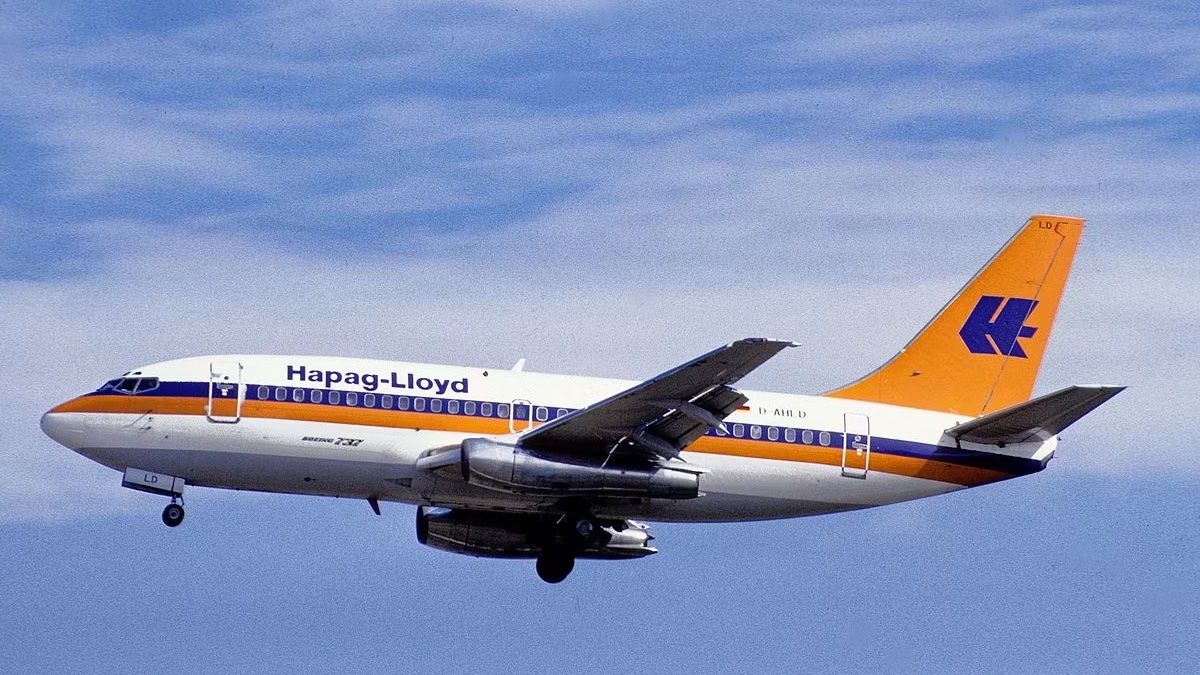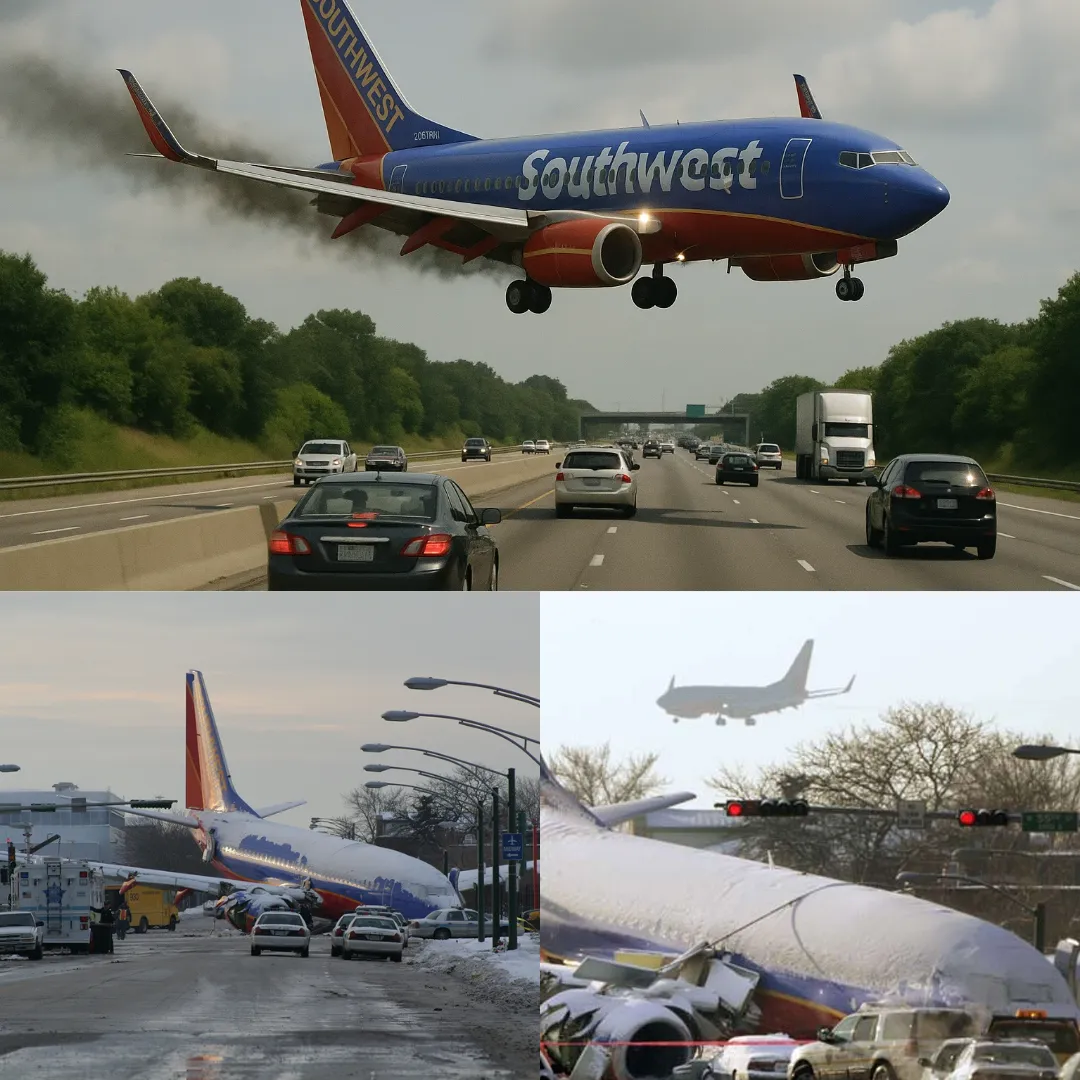
It was supposed to be a routine flight at the peak of summer in Europe. Hapag-Lloyd Flight 3378, an Airbus A310 with 143 passengers and eight crew members on board, pushed back from the Greek island of Crete, bound for Hanover, Germany.
Most of the passengers were German tourists returning from holiday. At the controls was Captain Wolfgang Arminger, a seasoned veteran with over 23,000 hours of flying experience, the most in the airline. His first officer, Torsten Or, was relatively new, with just a few hundred hours on the A310.
Neither of them had the faintest idea that a few small decisions, born from flawed assumptions and human psychology, would lead them into a fuel crisis so dire that they would glide into Vienna with no engine power and land in a field just 660 meters short of the runway.
What happened during the next few hours would later become a textbook case of cognitive bias, poor training, and a dangerous overreliance on technology.
Shortly after takeoff, the crew encountered their first problem: the landing gear wouldn’t retract. Despite repeated attempts, the gear remained extended. This wasn't a life-threatening issue.
The aircraft could still fly normally with the gear down, though it would create significant drag, increasing fuel consumption dramatically. Rather than returning immediately or declaring an emergency, the captain instructed the first officer to contact the airline dispatcher for guidance.
Unfortunately, the long-distance radio was down, and they had to rely on a painfully slow text-based system called ACARS. The delay meant nearly an hour passed before any useful dialogue could begin.

In the meantime, the captain consulted the flight management computer, which calculates fuel usage and estimates the remaining fuel at the destination. It showed they would land in Hanover with insufficient fuel. The dispatcher suggested Stuttgart as an alternate, but the pilots, still unsure, decided on Munich. If that became unreachable, they would divert to Vienna.
Everything seemed under control. However, neither pilot realized that the flight management computer’s algorithm didn’t account for extended landing gear. It assumed a normal, retracted-gear flight, and thus grossly overestimated fuel reserves. This fatal assumption, never questioned, shaped every decision thereafter.
As they continued the flight, the estimated fuel on board at Munich started dropping, which should have set off alarm bells. The first officer noticed that they had burned 60% more fuel than expected by noon. Still, the crew rationalized it away, blaming the climb phase and assuming cruise would be more efficient.
They relied on the computer’s calculations, believing they'd arrive with 2 tons of fuel—just over the legal minimum of 1.9. But as the numbers kept dropping, the captain decided to divert to Vienna. Again, the system told them they’d arrive with 2.6 tons, which wasn’t true.
Seeking shortcuts from air traffic control to conserve fuel, the pilots were given a more direct path. But even this didn’t increase the estimated fuel, which should have indicated something was terribly wrong. Had they chosen to land in Zagreb, which they passed by, or Graz, which was 55 km closer than Vienna, they might have avoided disaster.
But the captain, under commercial and emotional pressure, pressed on. He wanted to get the plane to a familiar airport with maintenance capabilities and seemed unwilling to consider alternatives.

As fuel levels dropped below legal minimums, the first officer repeatedly advised declaring a fuel emergency. The captain refused, fearing media scrutiny. Only after the low-fuel light came on did he reluctantly declare an emergency, but even then, he told air traffic control not to send emergency vehicles.
Meanwhile, the engines kept burning through the last reserves. At one point, both engines flamed out. In a desperate move, the first officer managed to restart them briefly, but they soon failed again. The plane became a powerless glider.
Captain Arminger deployed the ram air turbine to restore basic controls. At 12:26 p.m., with Vienna’s runway in sight but still 22 kilometers away, both engines died for good. The plane hit the ground 660 meters short of the runway, skidding through a field, tearing off parts of the landing gear, and narrowly avoiding a major catastrophe.
Remarkably, all passengers survived. Twenty-six people sustained minor injuries during the chaotic evacuation, but there were no fatalities. However, the aircraft was so badly damaged that it was written off.
Initially hailed as a hero, the captain’s image quickly crumbled when investigators reviewed the flight recorders. The truth emerged: this was no sudden emergency. The aircraft had been in a fuel crisis for hours, a crisis ignored and mishandled due to flawed reasoning and incomplete training. The core mistake was believing that the flight management system accounted for the gear being down.

In reality, the software never factored in the additional drag, and neither pilot had been trained to know that. Manuals aboard the plane didn’t explain the algorithm behind fuel estimation. Worse, Hapag-Lloyd’s customized checklist for flying with gear down had omitted the step that instructed crews to manually recalculate fuel—something that Airbus’s own documentation included.
Investigators concluded that this oversight allowed the captain’s faulty assumption to persist unchallenged. It wasn’t just technical error but a cascade of cognitive biases. The captain, under pressure and with a fixation on Vienna, fell victim to “plan continuation bias”—a psychological trap where one sticks to a course of action despite mounting evidence it’s the wrong one.
He also prioritized his subjective utility: he rated Vienna as the best destination and assumed success without reassessing the true odds. Meanwhile, the first officer’s conduct was praised. He stayed flexible, offered viable alternatives, and questioned the computer’s data.
The final missed opportunity came when both engines failed. Had the crew followed the checklist for dual engine flameout, one of the final steps would have activated emergency systems for flaps and slats. Deploying them might have given the plane enough lift to glide onto the runway.
Instead, the belly landing in the field left the plane wrecked and many passengers shaken. The event marked a turning point in aviation training. In its wake, more emphasis was placed on crew resource management, decision-making under stress, and understanding how aircraft systems work under abnormal conditions.
Airbus revised its checklist, now instructing pilots to multiply fuel consumption by 2.4 when flying with gear down and to ignore computer estimates in such situations. It’s chilling to think that this near-catastrophe came not from a technical failure but from a handful of wrong assumptions left unchecked. That flight should have crashed in disaster, but it didn’t. And that’s the only reason we learned anything at all.

-1751176979-q80.webp)
-1750047597-q80.webp)
